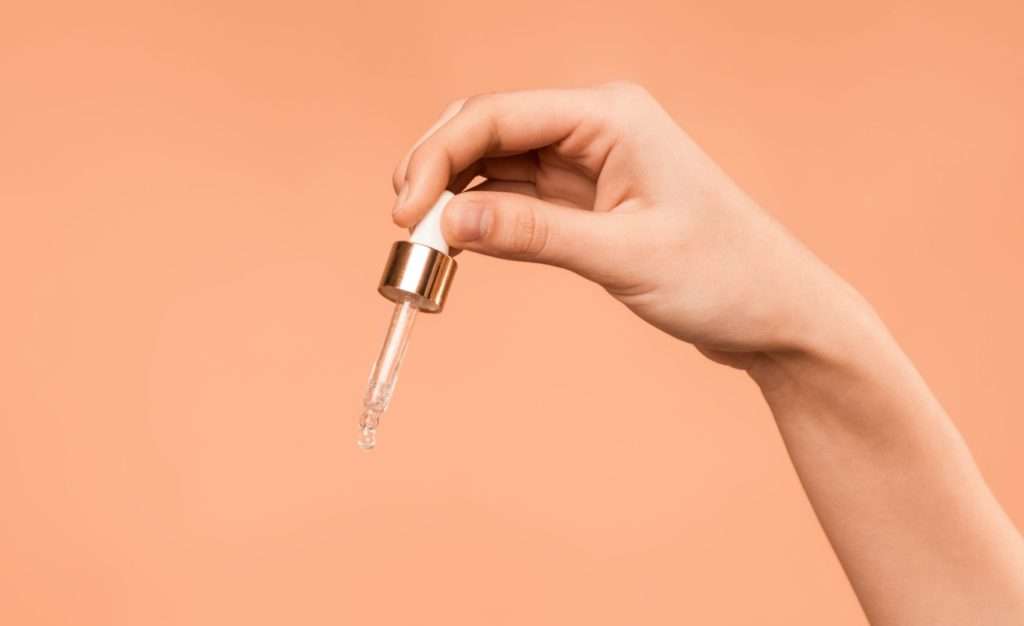In the realm of skincare, few ingredients boast the transformative power and scientific backing of retinoids. Renowned for their ability to enhance skin texture, diminish fine lines, and promote a youthful glow, retinoids have become a staple in many skincare routines. This article delves into the types of retinoids, the science behind their efficacy, their benefits for the skin, and how to navigate their availability.
Understanding Retinoids:
Retinoids are derivatives of vitamin A, a powerhouse nutrient known for its remarkable impact on skin health. In the skincare world, retinoids are categorized into three main types: retinol, retinaldehyde, and retinoic acid.
- Retinol:
- Over-the-Counter (OTC): Retinol is a mild form of retinoid available without a prescription. It undergoes a two-step conversion process in the skin before becoming active, making it suitable for those easing into retinoid use.
- Science: Once absorbed, retinol is converted into retinaldehyde and then into retinoic acid, the active form that imparts its benefits to the skin.
- Retinaldehyde:
- Available with Prescription: Retinaldehyde is a middle ground between retinol and prescription retinoic acid. It requires a prescription in some formulations.
- Science: This form is closer to retinoic acid in the conversion process, offering quicker and more direct benefits for the skin.
- Retinoic Acid:
- Prescription Only: Tretinoin and adapalene fall under this category and are potent retinoids that require a prescription.
- Science: Retinoic acid is the active form directly usable by the skin. It accelerates cell turnover, stimulates collagen production, and addresses various skin concerns.
The Science Behind Retinoids:
Retinoids exert their effects by binding to specific receptors in the skin cells. When applied, they initiate a cascade of biochemical reactions that result in increased cell turnover and enhanced collagen production. This leads to improved skin texture, reduced fine lines, and a more youthful appearance.
Key Benefits of Retinoids:
- Stimulated Collagen Production: Retinoids are renowned for promoting collagen synthesis, a crucial protein that maintains skin elasticity and firmness. Enhanced collagen production contributes to smoother, plumper skin.
- Increased Cell Turnover: By accelerating the shedding of old, damaged skin cells and promoting the generation of new ones, retinoids lead to a more radiant and even skin tone.
- Diminished Fine Lines and Wrinkles: The collagen-boosting and cell turnover properties of retinoids result in a reduction of fine lines and wrinkles, particularly around the eyes and mouth.
- Addressing Hyperpigmentation: Retinoids help fade dark spots, sunspots, and hyperpigmentation by encouraging the turnover of pigmented cells, revealing a more even skin tone.
- Improved Acne Management: Retinoids are effective in treating acne by preventing the formation of comedones, reducing inflammation, and promoting clearer skin.
Navigating Availability:
Understanding the availability of retinoids is crucial for incorporating them into your skincare routine.
- Over-the-Counter (OTC) Products:
- Retinol-based products are widely available without a prescription. They are suitable for those new to retinoids or with mild skincare concerns.
- OTC retinol products are often found in creams, serums, and moisturizers.
- Prescription-Only Products:
- Retinoic acid formulations, such as tretinoin and adapalene, require a prescription.
- Prescription retinoids are available in various strengths, allowing for tailored treatment based on individual skin needs.
- Dermatologists may recommend prescription retinoids for more targeted and potent results.
How to Use Retinoids:
- Start Slowly: If new to retinoids, begin with lower concentrations to allow your skin to acclimate. Gradually increase the strength as your skin builds tolerance.
- Apply to Dry Skin: Apply retinoids to completely dry skin to minimize irritation. Washing your face and waiting a few minutes before application is advisable.
- Use Sunscreen: Retinoids can increase sensitivity to the sun. Always apply a broad-spectrum sunscreen with a high SPF during the day to protect your skin.
- Avoid Mixing with Certain Ingredients: Some skincare ingredients, like benzoyl peroxide and vitamin C, may interact negatively with retinoids. Consult with a dermatologist to determine a compatible skincare routine.
- Consider Nighttime Application: Retinoids are often recommended for nighttime use. Applying them before bedtime allows for optimal absorption and minimizes potential sun sensitivity.
Conclusion:
Retinoids stand as a testament to the remarkable synergy between science and skincare. From addressing fine lines to promoting collagen synthesis, the benefits of retinoids are extensive. Whether exploring over-the-counter options or seeking prescription formulations, understanding the types, science, and proper usage of retinoids empowers individuals to make informed choices for healthier, more radiant skin. Always consult with a dermatologist to create a personalized retinoid regimen tailored to your skin’s unique needs.
